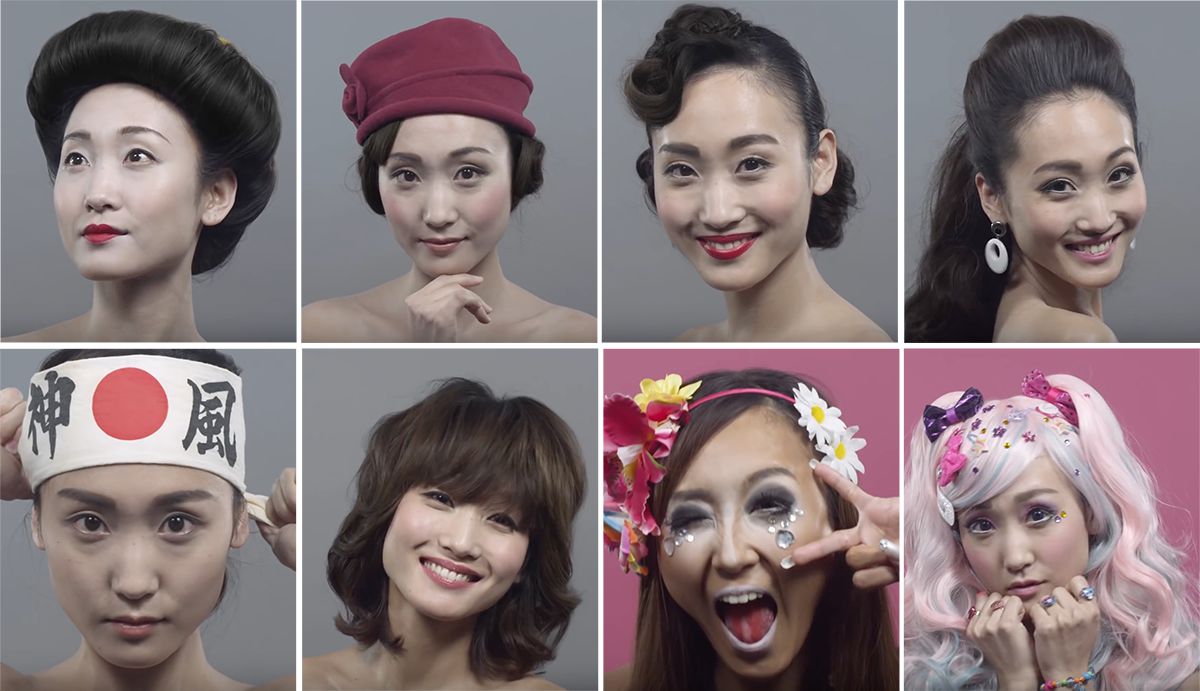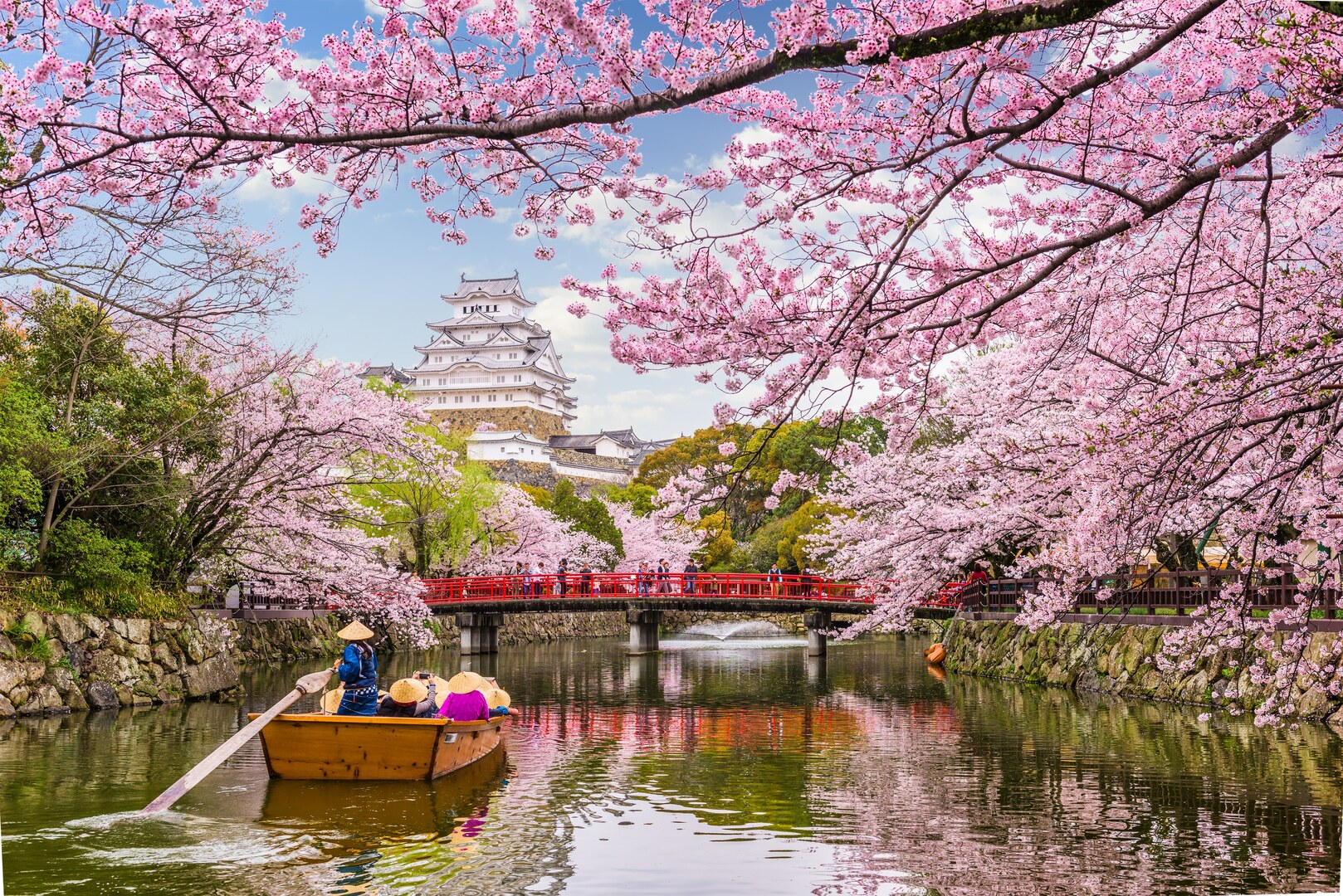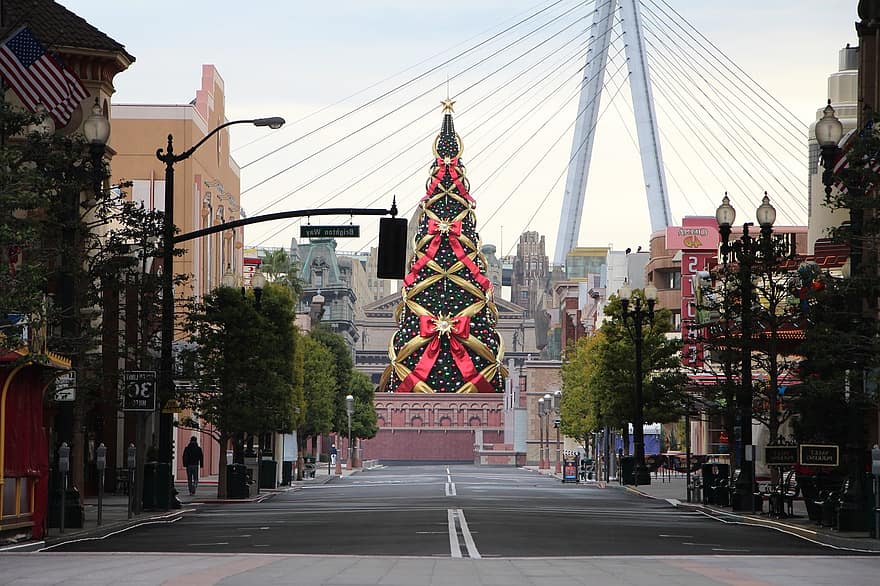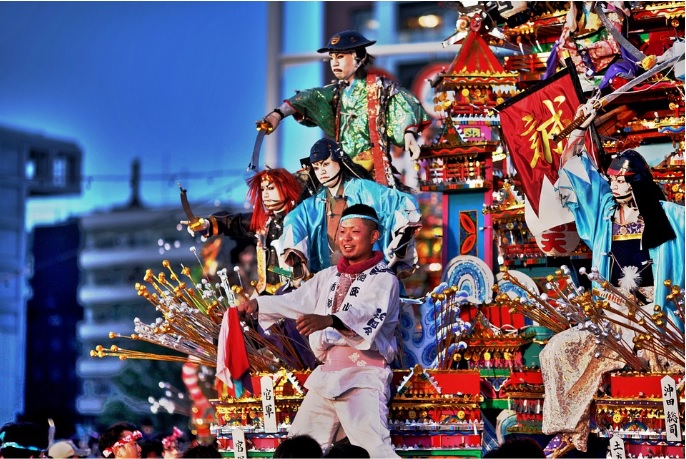
Whether it's about beauty or style, watching the evolution of both beauty and fashion can be captivating. WatchCut video has been producing short videos showcasing beauty from all around the world, and they've recently added Japan to that list. This video shows us how Japanese beauty progressed from traditional to a more modern and Western take of what we see and know today.
1910

- The emperor of Japan sent nobles to Europe to study their culture as well as their society, so they could later bring it back to Japan to re-create it as their own.
- The overall look resembles how a Geisha would look like. However, it's much more low-maintence and simpler. The only similar factor would be the updo hairstyle and the signature red lips.
1920

- Around this time, Japan was already beginning to get influenced by Western culture. The first-ever Japanese magazine for women was published and it featured a permed hairstyle similar to the image above, which is why a lot of women wanted to imitate it.
1930

- Japan during the early 1930's became the rise of modern women. Being the conservative country that it is, being free and independent back then was considered taboo and often looked down upon.
1940

- After the attack on Pearl Harbor, both Japanese men and women paid little to no attention when it came to beauty. Most women would go about without make-up or fancy clothes unlike before.
1950

- During the 50's, it was the American occupation in Japan and coincidentally, Audrey Hepburn was a star figure during those times. Since she was a global icon, most women wanted to achieve her signature look.
1960

- Japan experienced the post-war economic boom which is why it was known as The Golden Sixties. This look was inspired by Japanese pop singer Chiyo Okumura who started this iconic go-go look with dramatic eyelashes.
1970

- Japan's first international model, Sayoko Yamaguchi, coined this iconic look. It was all about the blunt haircut, straight bangs, and the make-up of a ningyo, the traditional Japanese doll.
1980

- Seiko Matsuda was also another model who had an important role to the evolution of Japanese beauty. She was known for her short, wavy curls that became the signature hairstyle of that time.
1990


- There were 2 different kinds of hairstyles during the 1990s. On the left, we have the look of the modern women at that time. A simple, laid-back hairstyle with a hint of perm.On the right, we have the ganguro, a subculture look invented by rebellious youths who believed that it was time to go against the usual Japanese beauty standard.
2000


- New look, new century: on the left, the simple hairstyle was still being done by most women. On the right, we have what most magazines perceived Japanese women to look like.
2010

- In recent years, Japanese beauty has become up-to-date and even more distinctive. Majority of women kept their looks simple but still
quite distinctive.
Japan is a very uniform country, and being different is not really encouraged. It'll be interesting to see how much this country's beauty and fashion will progress in the years to come.





